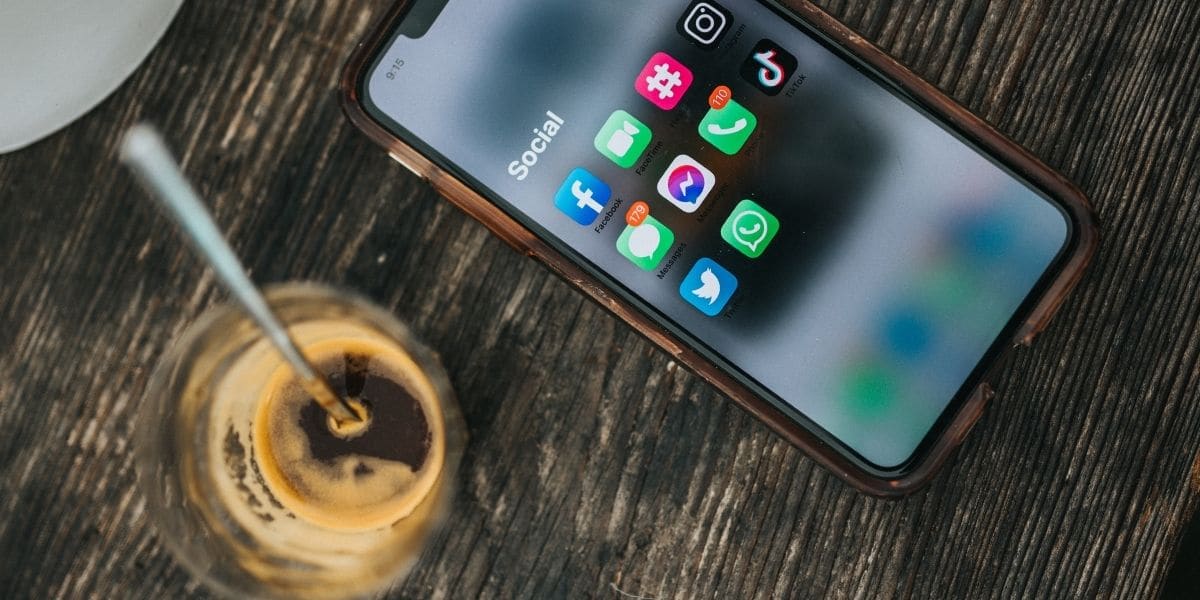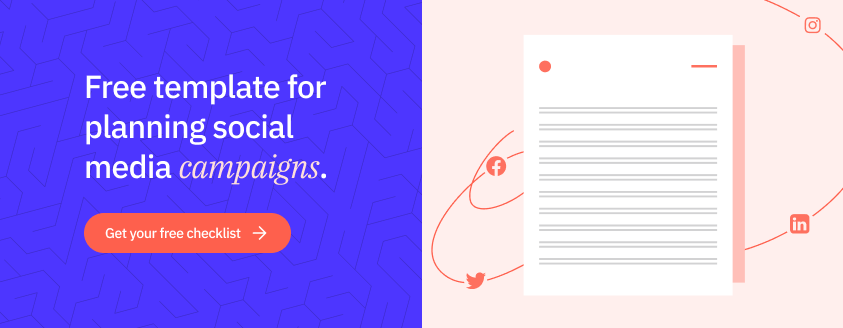Sendible insights A Picture Is Worth 1000 Words But Is It Worth 1000 Sales
A picture is worth 1000 words, but is it worth 1000 sales?
Yes. Yes, it is.
That's the extremely short version of the answer to the question put forth above. But that doesn't help you very much in your marketing, does it?
You already know that you need to use images in your social media marketing (at least I hope you know that much), but perhaps you don't know exactly why or how.
Let me help you a bit with those questions.
Back to Basics
The beginning is always a very good place to start (thanks for that advice, Julie Andrews!). We humans don't start reading for at least a few years after we're born, and we don't comprehend very many words early on either. How do we learn and relate to the world around us, then? Visually, of course.
That visual method of learning and comprehending doesn't stop just because we learn how to read. In fact, according to an excellent article on the power of visual communication, we find some really important facts pertaining to the use of images. For instance:
- 93% of communication is nonverbal
- Presentations with visual aides are 43% more persuasive than those without
- Graphics affect us both cognitively and emotionally
- Visuals are processed by our brains 60,000 times faster than text
Interesting, yes?
Now for a very relevant correlation. Look again at the first bullet point above.
Now, guess what the percentage is for engagement with image posts on Facebook compared to text, links, and even video?
93%.
Sounds like someone's on to something.
You don't have to get into statistics to understand this, really. As the same article points out, we understand a picture of a circle or a smiling baby much better than descriptions of the same. Now, let's get to some more practical points for converting this knowledge into sales.
Use the Social Media Platforms Available to You

Of course, you can post images to any social site, but strategic positioning is always better than a shotgun approach.
For instance, Instagram's engagement rate is 15 times higher than Facebook, Twitter, and Google+. According to visual marketing company Piqora, each pin added by a Pinterest user to a board is worth $.78 in additional sales to the company whose merchandise is featured in the pin.
Facebook is still the top dog for social to sales conversions, but Pinterest has put itself in a solid second place - with far fewer users - and the average sale from a social referral is much higher on Pinterest than on Facebook.
All this is to say that not only should you be using images and graphics liberally, but you should also be spreading your message across the various platforms as much as possible.
Choosing the right social media platform for your brand will save you a lot of time money.
Tips for Great Images
Now that you're using images liberally, make sure you are maximizing their effect by following some simple rules, courtesy of an article last year on Hubspot.
1. Establish your colour scheme.
Using two to four main colours in your images will over time immediately connect the image with your brand in viewers' minds. Don't choose these colours randomly, either.
Facebook, Twitter, IBM, and HP all use blue icons for a reason: blue conveys technology and trust in terms of colour psychology. Green is obviously identified with nature, and pink with romance. Pick your colours purposefully, and stick with them.
2. Use fonts that match your brand personality.
If you're going for a professional vibe, comic sans won't cut it. In fact, I'm joining the chorus of voices demanding that comic sans being cast into the sea of things-that-never-should-have-been and stricken from memory forever using one of those memory-erasing devices from the movies.
You might not pay much attention to fonts, but they are just as visual a tool as the images themselves. Learn how to choose the right style, spacing, and other aspects of fonts in your images' accompanying text for maximum effect.
3. Use images and filters that match your message.
When was the last time you saw a Corona advertisement that didn't include a beach, a sunset, and a metal bucket full of Coronas?
Never, that's when.
They have their visual messaging down pat.
4. Create visual templates for consistency and recognition.
These will keep you consistent in terms of logo placement, as well as helping your consistency with fonts and general design layouts.
The best tool available to help you create stunning images that are also effective marketing tools is Canva, and templates are included there. That's why Sendible added tight integration with Canva to our dashboard last year. You can access your Canva library from within our dashboard, or even create completely new graphics from the ground up as you are creating your post.
Know Where Your Audience Is
Shopify gets the vast majority of its social traffic referrals from Facebook, with a conversion rate of 1.85% coming from Facebook visitors. Video sites like Vimeo and YouTube have a consistent conversion rate of 1.16% regardless of which site the traffic comes from. Videos are effective.
But there's more to the story. Conversion rates jump significantly for specific types of business on certain social sites and knowing where your niche fits can make a huge difference. For instance:
- • Antiques and collectables get a massive 74% of orders from Pinterest
- • Digital products get 47% of orders from YouTube
- • Electronics and Appliances get 31% of orders from Reddit
- • Books and Magazines get 29% of orders from Pinterest
- • The Automotive industry gets 26% of orders from YouTube
- • Home and office furnishings have better luck on Twitter, with 18% of orders originating there
I'll leave you with one final tip from Shopify's research that I found interesting.
Although you would think that social shopping would increase when people aren't at work as much, social orders actually drop 10-15% on the weekends. Don't launch your new flagship product on a Saturday.
Text copied!


